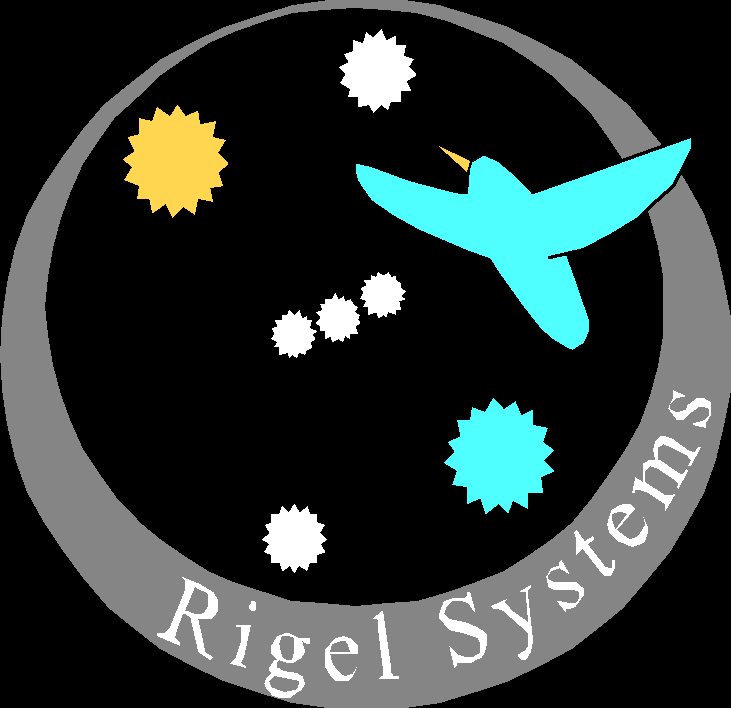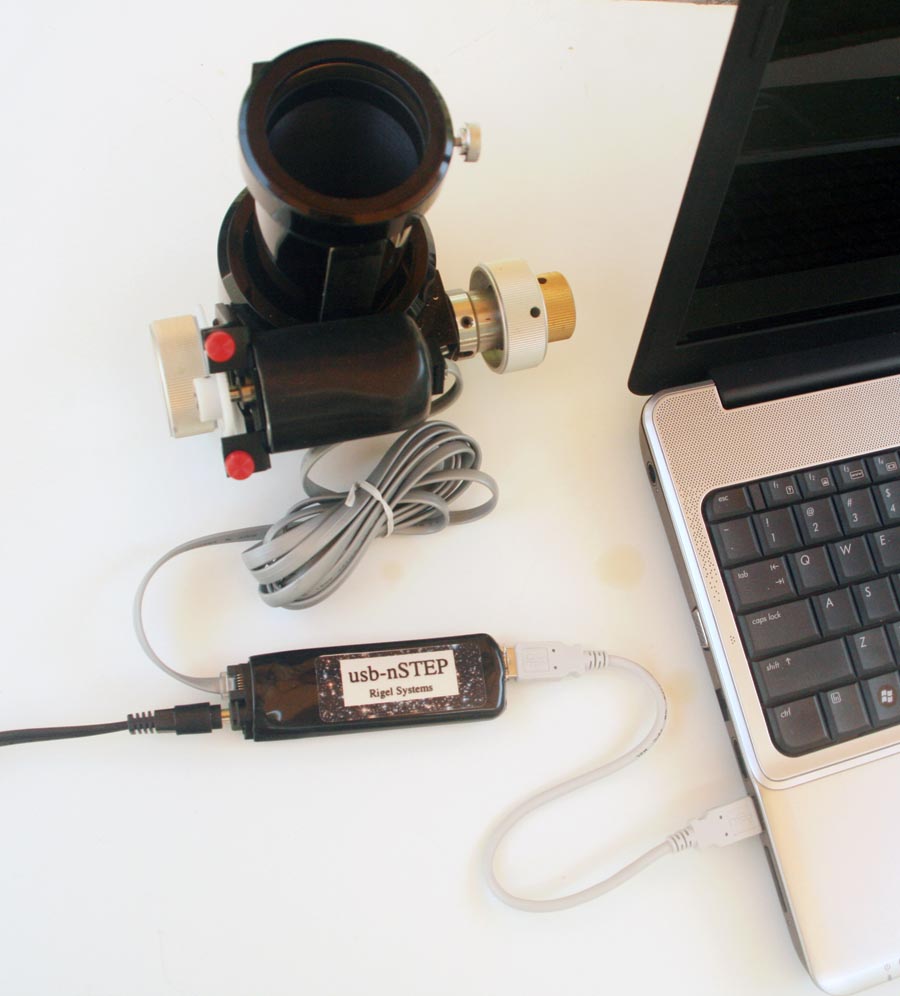
|
AstroFocusInfo |
nFOCUS provides pulse-width-modulation speed control. Which means the length of the pulse of current to the motor can be adjusted shorter or longer, to produce from a 0.5° to 1.5° rotation of the focuser knob per step. And it’s always a high-torque 12 volt pulse that provides plenty of oomph to reliably start the focuser shaft turning. Step by step, degree by degree. And at the end of each step, nFOCUS electronically brakes the motor to a quick stop. nFOCUS also lets you select the length of the pauses between pulses. With nFOCUS the focuser steps then pauses while you check the discrete changes in the focus before nFOCUS steps to the next focus position. The pauses also give you time to lift your thumb off of the button so you don’t miss perfect focus. nFOCUS can also be interfaced to your computer using a usb-nFOCUS adapter, for remote focus operation. Controlling the nFOCUS from your PC is excellent for the budget minded astroimager.
usb-nSTEP and wifi-nFOCUS both have an optional external temperature sensor to support temperature compensation of the focus position. We’re talking about focusing within 1/100ths of a mm ! As the night outside cools, the telescope contracts, and the focus can change by multiple 100ths of a mm. With usb-nSTEP or wifi-nFOCUS, once you have everything initialized with your autofocus software, you can execute a refocus in 30-40 seconds to adapt to filter changes, temperature changes or telescope flexure as you aim your telescope to different part of the sky. In 30-40 seconds your autofocus software will take a pre-programmed set of images to recalculate the perfect focus setting without your intervention.
|
